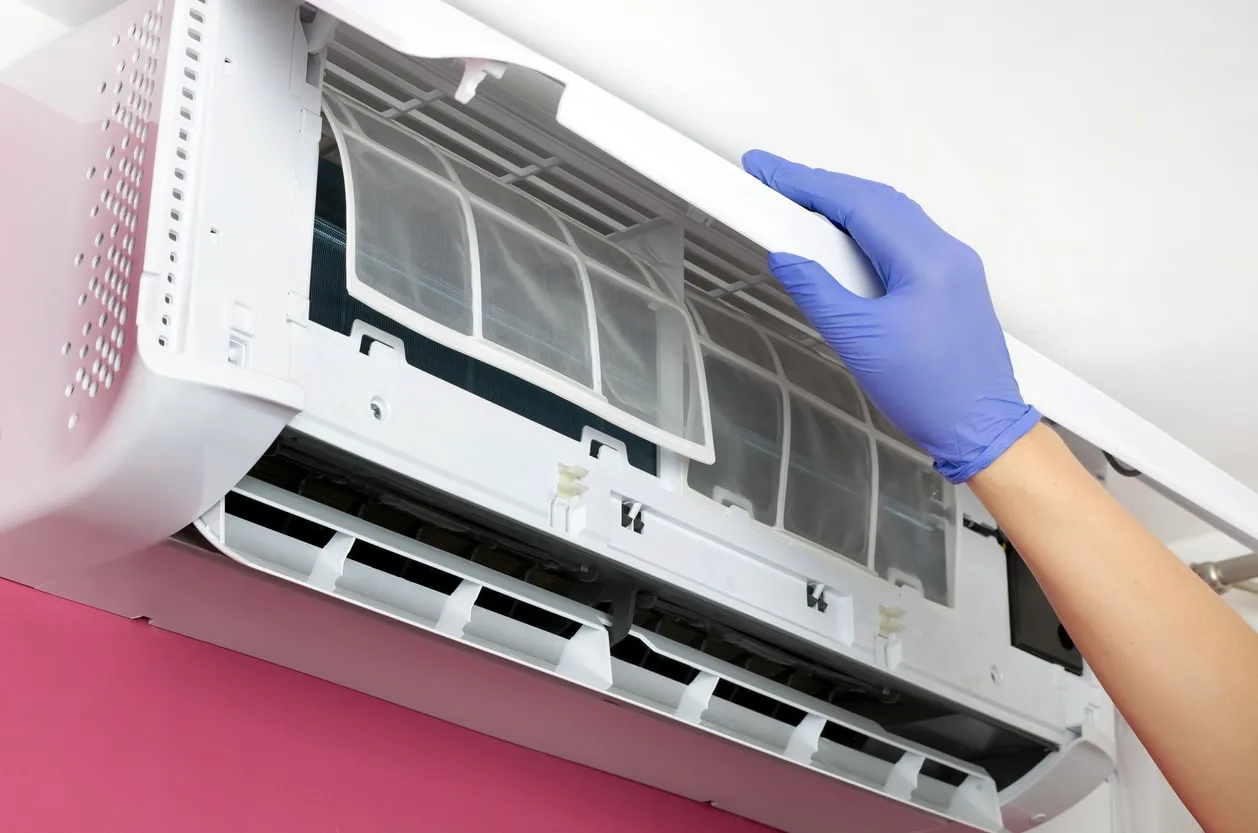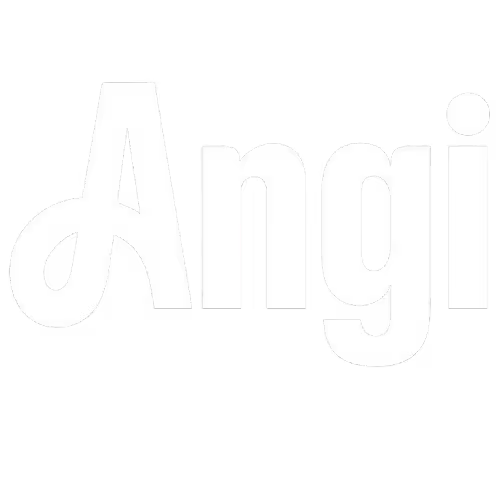AC Replacement in Coon Rapids, MN
AC replacement in Coon Rapids, MN with Stafford Home Service provides energy-efficient systems and expert installation. Learn more & book your estimate today.
AC Replacement in Coon Rapids, MN
Replacing an air conditioning system is a significant decision for any homeowner, often driven by the need for improved comfort, energy efficiency, or simply the end of a unit's operational life. A properly installed AC replacement not only restores consistent cooling but can also lead to substantial savings on energy bills and enhance indoor air quality. Understanding the full scope of an AC replacement—from recognizing the signs for replacement to selecting the right unit and ensuring proper installation and maintenance—is crucial. Stafford Home Service specializes in guiding homeowners through every step of this process, ensuring a seamless transition to a new, more efficient cooling system.
Signs You Need an AC Replacement
Identifying the right time to replace your air conditioner rather than repair it can save you money and prevent future discomfort. Here are the key indicators that suggest your AC unit is nearing the end of its service life:
- Age of the Unit: Most air conditioners are designed to last between 10 to 15 years. If your unit is older than this, its efficiency likely has declined, and newer models offer significantly better performance.
- Frequent and Costly Repairs: If you find yourself scheduling repairs multiple times a year, or if the cost of a single repair approaches 50% of the cost of a new unit, replacement is often the more economical choice in the long run.
- Rising Energy Bills: An old or inefficient AC unit has to work harder to cool your home, consuming more electricity and leading to noticeable spikes in your monthly energy expenses.
- Inconsistent Cooling and Hot Spots: If some rooms in your home are significantly warmer than others, or if your system struggles to maintain a comfortable temperature throughout the house, it could be a sign of inadequate capacity or failing components.
- Unusual Noises or Odors: Grinding, squealing, banging, or persistent musty smells emanating from your AC unit are warning signs that internal components are failing or there's mold growth, which can impact performance and air quality.
- Frequent Cycling: If your AC unit is constantly turning on and off in short bursts, it’s short-cycling. This indicates the unit is struggling to cool your home efficiently and puts undue stress on its components, shortening its lifespan.
- Refrigerant Leaks: Older AC units often use refrigerants like R-22, which is being phased out due to environmental concerns. Leaks not only harm the environment but also signify an aging system that may be expensive to recharge and repair.

Choosing the Right AC Unit for Your Home
Selecting a new air conditioner involves more than just picking a brand. It requires careful consideration of several factors to ensure optimal comfort and energy efficiency for your specific home.
- Proper Sizing (Capacity): This is paramount. An AC unit that is too small won't cool effectively and will run constantly, while a unit that is too large will short-cycle, leading to humidity issues and inefficient operation. Professional load calculations, considering square footage, insulation, window types, and sun exposure, are essential.
- Energy Efficiency Ratings (SEER, EER, SEER2): The Seasonal Energy Efficiency Ratio (SEER) measures an AC unit's cooling output during a typical cooling season divided by the total electric energy input during the same period. Higher SEER ratings (e.g., 16 SEER or higher) indicate greater efficiency and lower operating costs. EER (Energy Efficiency Ratio) is a measure of a cooling system's energy efficiency at a specific operating condition. SEER2 is a newer rating system that uses different testing conditions to better reflect real-world performance, with higher numbers still indicating better efficiency.
- System Type: While central air conditioners are common, other options exist. Heat pumps can provide both heating and cooling, offering year-round climate control. Ductless mini-split systems are ideal for homes without existing ductwork or for zoning specific areas.
- Advanced Features: Consider features like multi-stage or variable-speed compressors, which can precisely adjust cooling output to match demand, leading to enhanced comfort and efficiency. Smart thermostat compatibility allows for remote control and optimized scheduling.
- Brand Reputation and Warranty: Researching reputable brands known for reliability and customer service is wise. Always review the warranty terms, including coverage for parts and labor.
Understanding AC Replacement Cost Factors
The overall cost of an AC replacement varies significantly based on several key factors. While specific pricing can only be determined after an assessment, understanding these components helps you prepare:
- Type and Size of the Unit: Higher SEER ratings, advanced features, and larger capacity units typically come with a higher initial cost.
- Ductwork Modifications: If your existing ductwork is old, damaged, or not appropriately sized for a new, more efficient system, modifications or complete replacement may be necessary, impacting the total cost.
- Refrigerant Type: Systems using newer, environmentally friendly refrigerants like R-410A are standard. If an older system needs to be adapted for a new refrigerant, it can add to the complexity and cost.
- Labor Costs: Installation complexity, including the removal of the old unit, installation of the new one, and any necessary electrical or plumbing work, will influence labor charges.
- Permits and Inspections: Many local regulations require permits for AC replacement to ensure installations meet safety and building codes. These are typically included in the overall service.
- Additional Components: This might include new thermostats, condensate pumps, or other accessories required for optimal system function.
The AC Replacement Process
A professional AC replacement involves a methodical approach to ensure longevity and peak performance. Here’s what you can expect when Stafford Home Service handles your installation:
- Initial Consultation and Assessment: Our technicians will visit your home to evaluate your current system, perform a detailed load calculation, assess your ductwork, and discuss your cooling needs and budget.
- System Selection and Quotation: Based on the assessment, we will recommend appropriate AC units, explaining the benefits of each option. You will receive a transparent quote outlining all costs involved.
- Permit Acquisition: If required by local regulations, we will assist with obtaining the necessary permits to ensure your installation complies with all codes.
- Old Unit Removal: On the scheduled installation day, the old AC unit, both indoor (furnace/air handler) and outdoor (condenser) components, will be carefully and safely disconnected and removed from your property.
- New Unit Installation: The new air handler or furnace will be installed in your attic, basement, or utility closet, followed by the outdoor condenser unit.
- Ductwork Connection and Sealing: Connections to your existing or new ductwork will be meticulously sealed to prevent air leaks, ensuring maximum efficiency.
- Electrical and Refrigerant Lines: New electrical wiring and refrigerant lines will be safely installed and connected according to manufacturer specifications and safety codes.
- System Testing and Calibration: Once installed, the entire system will be thoroughly tested, charged with refrigerant, and calibrated to ensure proper airflow, temperature control, and efficient operation.
- Post-Installation Walkthrough: Our technicians will walk you through your new system, explain its features, demonstrate thermostat operation, and provide essential maintenance tips.
Maintaining Your New AC Unit for Longevity
Even after a professional installation, regular maintenance is key to maximizing the lifespan and efficiency of your new AC unit.
- Regular Filter Changes: Replace or clean your air filter every 1-3 months, or more frequently if you have pets or allergies. A clean filter ensures optimal airflow and prevents dust buildup.
- Keep Outdoor Unit Clear: Ensure the outdoor condenser unit is free from debris, leaves, grass clippings, and vegetation to allow for proper airflow and heat dissipation.
- Annual Professional Tune-Ups: Schedule a professional maintenance check-up with Stafford Home Service at least once a year, ideally in the spring before the cooling season begins. Technicians will inspect, clean, and fine-tune your system, identify potential issues early, and ensure peak performance.
- Understand Your Thermostat: Learn how to properly program and use your new thermostat, especially if it’s a smart thermostat, to optimize comfort and energy savings.
- Address Minor Issues Promptly: Don't ignore unusual noises, drips, or performance changes. Addressing small problems early can prevent them from escalating into costly repairs.
Your Trusted Partner for AC Replacement
Investing in a new air conditioning system is an investment in your home's comfort, efficiency, and indoor air quality. When your old AC unit is no longer meeting your needs, a professional AC replacement from a trusted provider is essential. Stafford Home Service is committed to delivering superior installation services, helping you choose the perfect unit for your home, and ensuring it operates efficiently for years to come. Our experienced technicians provide meticulous installation, adhere to the highest industry standards, and are dedicated to your complete satisfaction.
If you’re considering an AC replacement and seeking reliable, expert service, let Stafford Home Service provide the exceptional solution you deserve.
Maintenance plan
Our premium maintenance plans start at just $216 annually, providing regular tune-ups, priority scheduling, and comprehensive protection to keep your systems running efficiently year-round.
Customer Testimonials
Our customers consistently praise our knowledgeable technicians, prompt service, and the lasting quality of the work we deliver.






